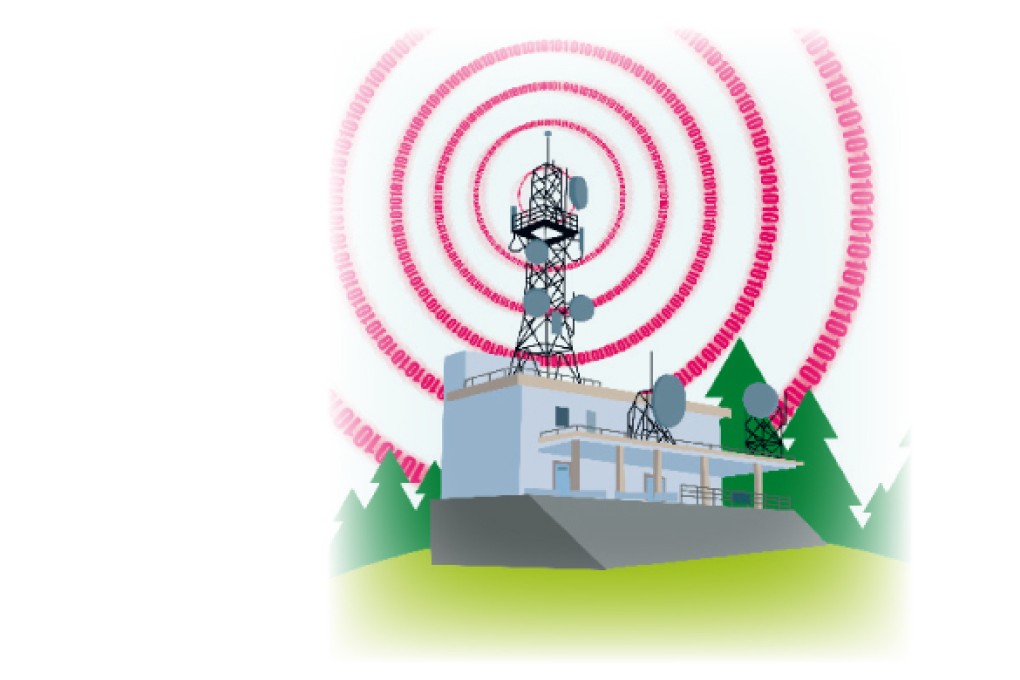Radio Hong Kong
In light of a planned government review of public-service broadcasting, Scott Murphy looks at the present situation with Hong Kong radio.

Who are the main radio broadcasters?
Currently, there are three RTHK, Commercial Radio and Metro Radio. Commercial Radio operates three stations; two Cantonese channels are on the FM band (881 and 903) and one English-language is on AM (864). Metro Radio is the newest, formed in 1991, and operates three channels (Metro Finance FM104, Metro Showbiz FM99.7 and Metro Plus AM1044). Established in 1928, RTHK, the oldest and only non-profit broadcaster, operates seven channels (RTHK Radio 1, etc.) and has an estimated listening audience of 2.6 million. These include three English channels and three mainly Cantonese channels. There is one additional AM channel (621) that broadcasts in Mandarin.
That’s it? Why aren’t there more stations?
Good question. For a city with our population, one would assume we would have more. Around the region, Taipei reportedly has over 30 stations, Bangkok has close to 80. The last radio license granted by the government was back in 1991 for Metro Radio.
Eric Spain, a former broadcast engineer with decades of experience at the BBC, RTE Dublin and RTHK, says that when the decision was made to use FM services on a territory-wide basis, the space on the band was used up. As he says, “At one time there was an idea to have more local services on frequencies which escape interference, but only for one area,” for example, stations in Kowloon, Shatin and Tuen Mun. “But the government didn’t like that because they thought it was going to get out of control. That was in the colonial days, but I suspect that the feeling hasn’t changed.”
Digital and satellite radio broadcasting is becoming popular overseas. Why don't we have it?
In other parts of the world, it’s a growing trend. While satellite broadcasting is currently not feasible here on a large-scale basis (because there is no dedicated satellite serving Hong Kong), digital broadcasting certainly is. One immediate advantage of digital broadcasting is that it can offer many more channels, in addition to providing CD-quality sound, better reception and even offering multimedia. Theoretically, to receive digital broadcasts one needs a digital receiver, currently priced here at $500 at the low end.
RTHK Assistant Director of Broadcasting Tai Keen-man claims it has been running digital tests since 1998, and even ran digital broadcasts during the WTO conference last December. “Now it really depends on permission from the authorities. From our side, the issue is public funding,” he says. “From a technical standpoint, it’s not a problem. We can practically do it overnight.” As for Commercial Radio and Metro, one source says: “When we approached them, they just didn’t express interest. They are spending as little money as possible.”
What about this government review of broadcasting policy we keep hearing about?
It’s happening. In January, the government announced it was going to hold a review of public broadcasting. Documents provided by the Government Information Services bureau state, “there is no clear policy on public service broadcasting in Hong Kong.” A panel of seven members, including Chan King Cheung, the chief editor of the Hong Kong Economic Journal, and Mathias Woo, the creative director of Zuni Icosahedron, will conduct a study and recommend plans for the “short-, medium- and long-terms” of public-service broadcasting in nine months. This includes not only a study of RTHK, but what they define as “public interest programs” as well. It’s expected that they will travel overseas to study established public broadcasting models like Canada’s CBC, the UK’s BBC (already an acknowledged model for RTHK) and PBS and National Public Radio in the United States. However, there is no guarantee their recommendations will be implemented. The Government Information Services bureau declined requests for interviews.